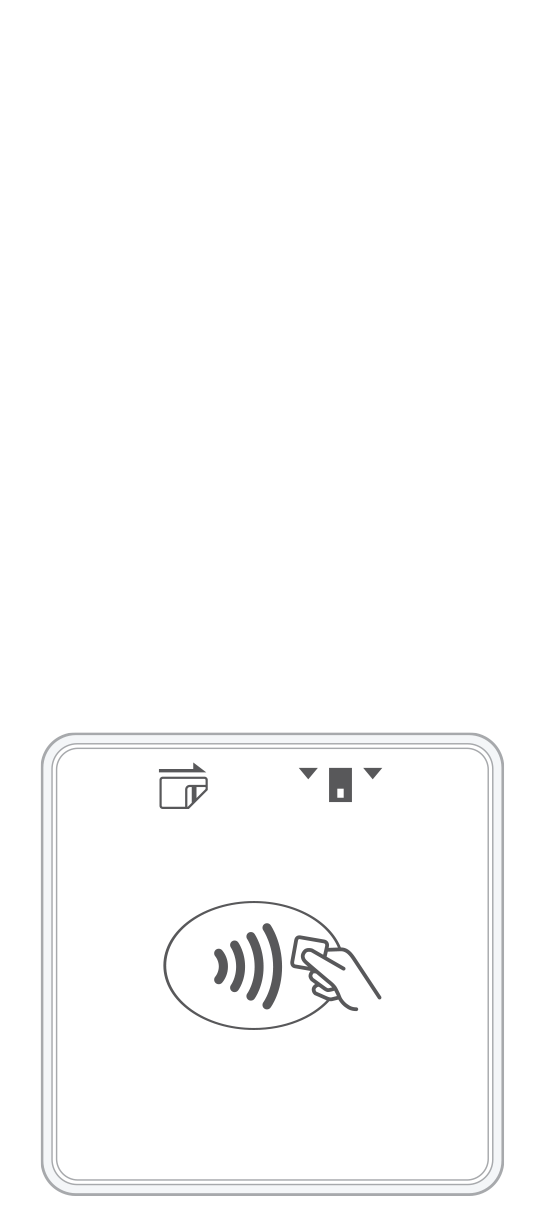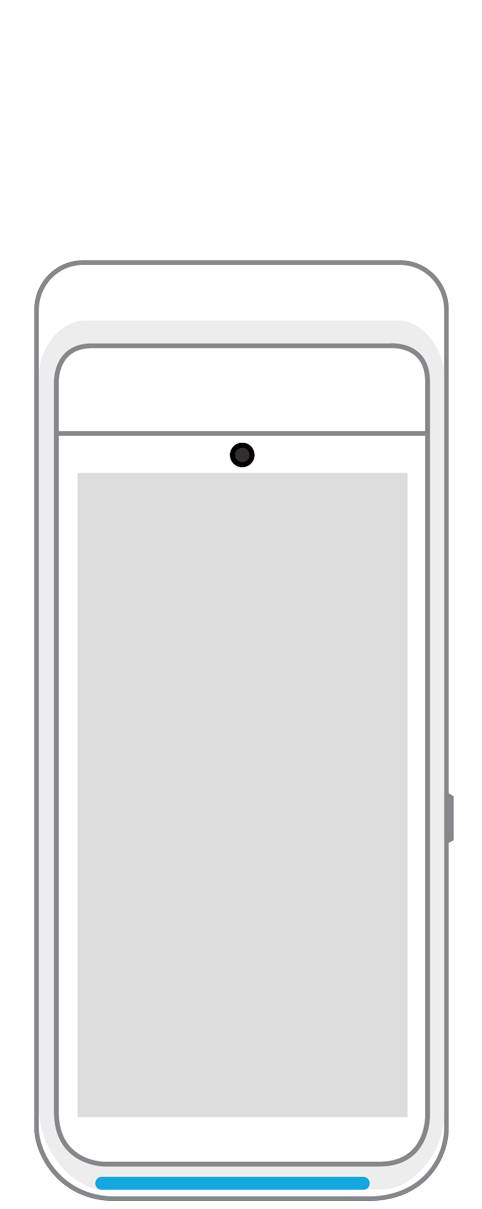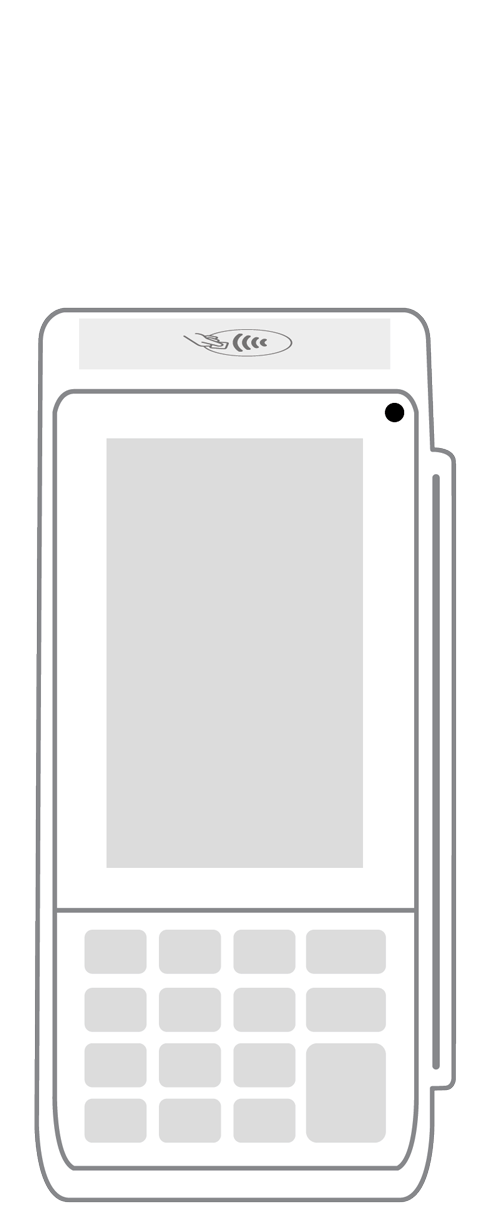Holiday chargeback prevention plan.

What is a chargeback?
Think of a chargeback as a reversal of funds. They happen like this: As a merchant, you process a purchase that is made with a credit card. At a later date (and for any number of reasons), the buyer rescinded the purchase, initiating a procedure that removed the funds from your merchant account and returned them to the shopper. Regardless of the reason for the chargeback, the results for you remain the same: loss of revenue, potential damage to your brand, stress, time lost in investigating or fighting the charges, and even potential closure of your merchant account if too many of these chargebacks occur.
A customer can initiate a chargeback for any number of reasons. Perhaps the product was defective. Maybe they regretted spending money during a shopping spree. Or it’s possible that they failed to recognize your business’s name on their credit card statement. They may even have simply decided they no longer need or want what they bought. In all of these cases, the shopper chooses to dispute the charge with their card company instead of coming to you first to work it out.
Chargebacks take a significant toll on sellers, particularly during the busy holiday season. For one thing, looking into and fighting them forces merchants to use time and resources that are already in short supply. In addition, chargebacks cost money. For instance, fraudsters often dispute charges by claiming that the package they ordered never arrived, even if it did. As a retailer in that situation, you are deprived not only of the cost of the items in the first order but also of their replacement.
Chargebacks give consumers the upper hand and help to protect them from unscrupulous sellers. However, merchants can be unfairly affected by their repercussions. For that reason, it is in your best interests as a merchant to do all you can to provide a shopping and customer service experience that minimizes the likelihood that your patrons will initiate the chargeback process. While you can never totally prevent fund reversals, you can definitely minimize the damage they do to your business.
Fraud or not?
Fraud comes in a variety of types. In the most well-known kind, a person’s physical credit card or the numbers it contains are stolen by a criminal. That person then makes purchases using the misappropriated data. Naturally, the rightful owner of the card protests when they see a charge on their statement that they did not make. Their next step is to immediately call their card company to protest the charge, resulting in a chargeback to the merchant who was an unwitting participant in the crime.
The other type of fraud is sometimes referred to as “friendly” although there is nothing nice about it. This is when a customer intentionally engages in a chargeback under false pretenses. Friendly fraud can happen for a number of reasons.
- The consumer regrets their purchase.
- The buyer failed to return their goods in the prescribed time frame but still wants their moneyback.
- The shopper wants to get free products
- The cardholder failed to cancel a recurring payment before the next withdrawal date.
- The patron does not recognize the purchase and incorrectly assumes that it was fraudulent.
Both types of fraud can leave you stressed out, financially affected, penalized by your account provider, and deprived of disenchanted customers.
Chargeback statistics.
The holidays are often said to bring out the best in people, but that is not always so. A case in point is the more than 40% rise in chargebacks after the November-December season. While some of these fund reversals happen due to misunderstandings during a frenetic time of year, most have more sinister origins. As a seller, it is in your best interests to implement proactive measures to combat chargebacks before they happen.
Considering that almost 2% of purchases ultimately were reversed in 2020, it is clear that no business is immune. At some point, anyone selling products or services will experience the headaches that chargebacks bring. Promoting transparency, excellent customer service, and security awareness are some of the most effective steps you can take to keep disputes like this to a minimum.
Chargebacks do more than just stress you out and damage your brand. They can also represent a major financial hit to your bottomline. When you stop to fully recognize that almost 4% of the total revenue earned by retailers in 2020 was lost to chargebacks, you can begin to see what a negative effect they have on stores of all types and sizes.
When — not if — you are faced with a chargeback that strikes you as unfair, experts encourage you to stand up for yourself as a merchant. That’s because 40% of those who dispute a chargeback win.
Some sellers are reluctant to advocate for themselves against chargebacks from their customers out of fear of losing their business. However, failing to act on this basis can leave merchants financially and emotionally drained. After all, anywhere between four and eight out of every 10 chargebacks come from so-called friendly fraud. When you keep those numbers in mind and think about how your business could be affected in the long term, disputing the chargeback is often your best course of action.
Establishing a holiday chargeback prevention plan.
As the high-volume buying time of the year approaches, it is to your advantage to enact preemptive anti-chargeback measures. Start by tweaking your product return and refund policies to allow for more time. Requiring returns in 30 days or less, for instance, may be difficult if the item is a gift that will not even be given for weeks. Providing a more relaxed, consumer-first policy will give people the time and space they need to come to you with returns or exchanges as opposed to starting a knee-jerk funds reversal.
One of the best ways to combat chargebacks is to prominently display your hopeful simple and totally transparent refunds, returns, and exchanges policies. Ideally, consumers should be impressed by the friendly and smooth nature of their returns or exchanges. In the best of all possible worlds, your process should flow even better than the buyer would experience when filing a chargeback with their card company.
Transparency also applies to the way you present your products on your website. Be certain that your text is clear and legible, and include vivid images to ensure that people know exactly what they are getting. This preparation cuts down on surprises and increases your credibility while keeping customer frustration low.
Confusion around billing is another primary source of chargebacks. Combat it by ensuring that your description of charges truly reflects what the person bought. If the name on your signage or website is different from your official business name, take time to let your customer know the merchant name that will appear on their bill. Throughout every phase of your relationship with your buyers, foster an environment of transparency that encourages shoppers to come to you with questions or concerns. Do your best to work out disagreements between yourselves so that there is no need to file a chargeback in the first place.
If a chargeback does occur, don’t ignore it in hopes that it will disappear. Dealing with the situation quickly and thoroughly is your best option. Also, be sure to keep your staff in the loop while asking that they maintain thorough transaction details, keep track of receipts, and ensure that security procedures are followed to the letter when accepting customer payments.
Let history go to work for you by examining how you were affected by chargebacks during previous holiday seasons. Take note of the dates and times when chargeback-related purchases were made so that you can implement added precautions. Furthermore, be sure that all staff members who interact with customers understand the importance of adhering to security protocols and raising the alarm if something doesn’t seem right.
As you review your chargeback history, jot down the names of customers who disputed purchases in the past. For the most egregious offenders, consider barring them from using credit cards to buy your items.
You and your employees should be educated about fraud and criminal behavior that can compromise your business, and so should your customers. For everyone’s benefit, consider providing buyers with tips on how to keep their information and cards safe from hacking and theft. If you send out a newsletter or blog, you might include this invaluable information as a courtesy that will ultimately benefit everyone.
Chargebacks are inevitable. You may not have the time or resources to stand up against all of them. In these cases, carefully marshal your resources. By all means, advocate for yourself against the most costly and unfair of these funds reversals. Chances are good that you’ll win at least some of these battles. Don’t expend time or emotional energy that you don’t have combatting each and every dispute. After all, most of your time should be spent providing excellent products and services to your customers.
 3-in-1 Reader |  Terminal |  Keypad |  PINPad Pro |  Flex |  POS+ | |
|---|---|---|---|---|---|---|
Payment types | ||||||
EMV chip card payments (dip) | ||||||
Contactless payments (tap) | ||||||
Magstripe payments (swipe) | ||||||
PIN debit + EBT | ||||||
Device features | ||||||
Built-in barcode scanner | ||||||
Built-in receipt printer | ||||||
Customer-facing second screen | ||||||
External pinpad | ||||||
Wireless use | ||||||
Network | ||||||
Ethernet connectivity | With dock | |||||
Wifi connectivity | ||||||
4G connectivity | ||||||
Pricing | ||||||
Free Placement | ||||||